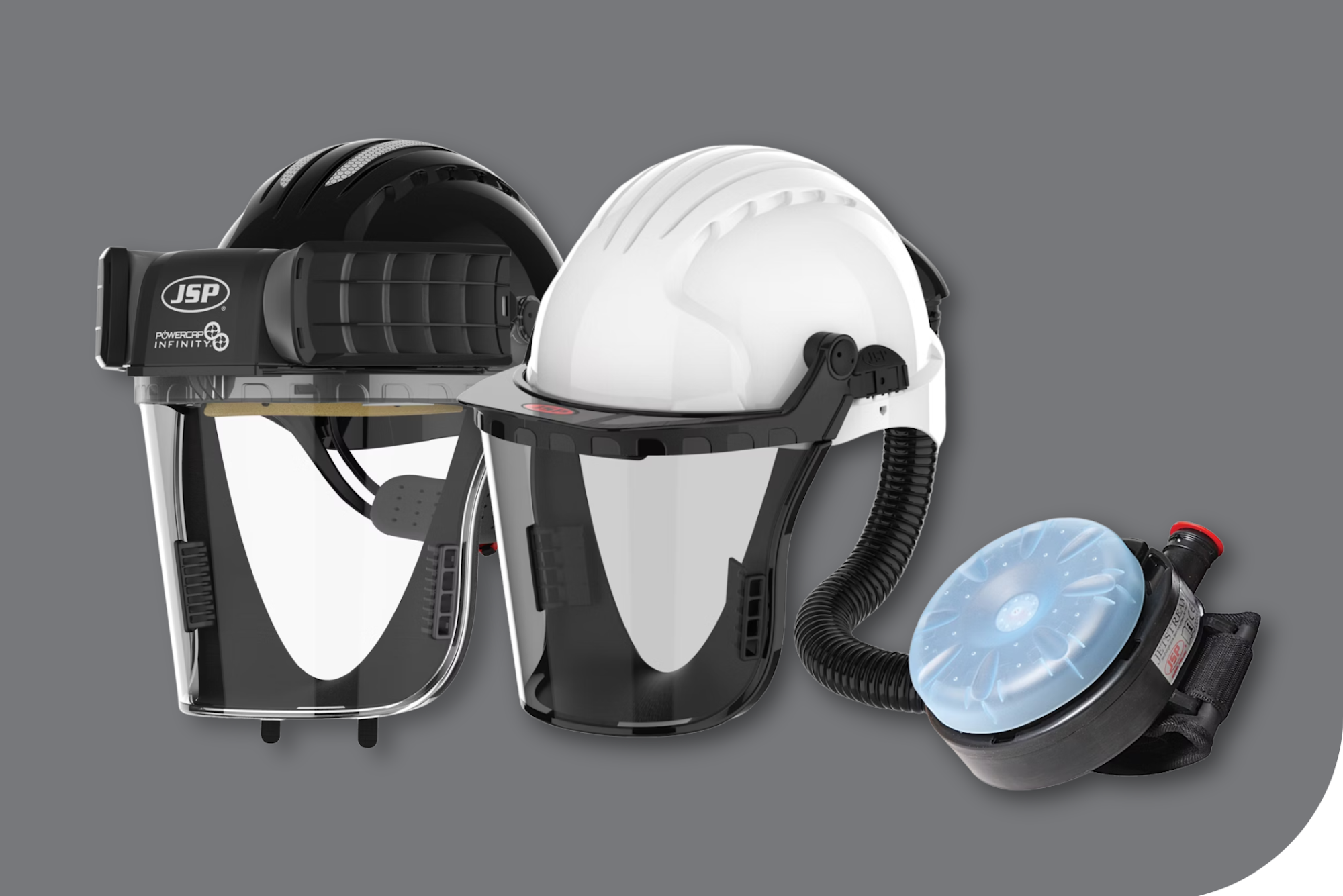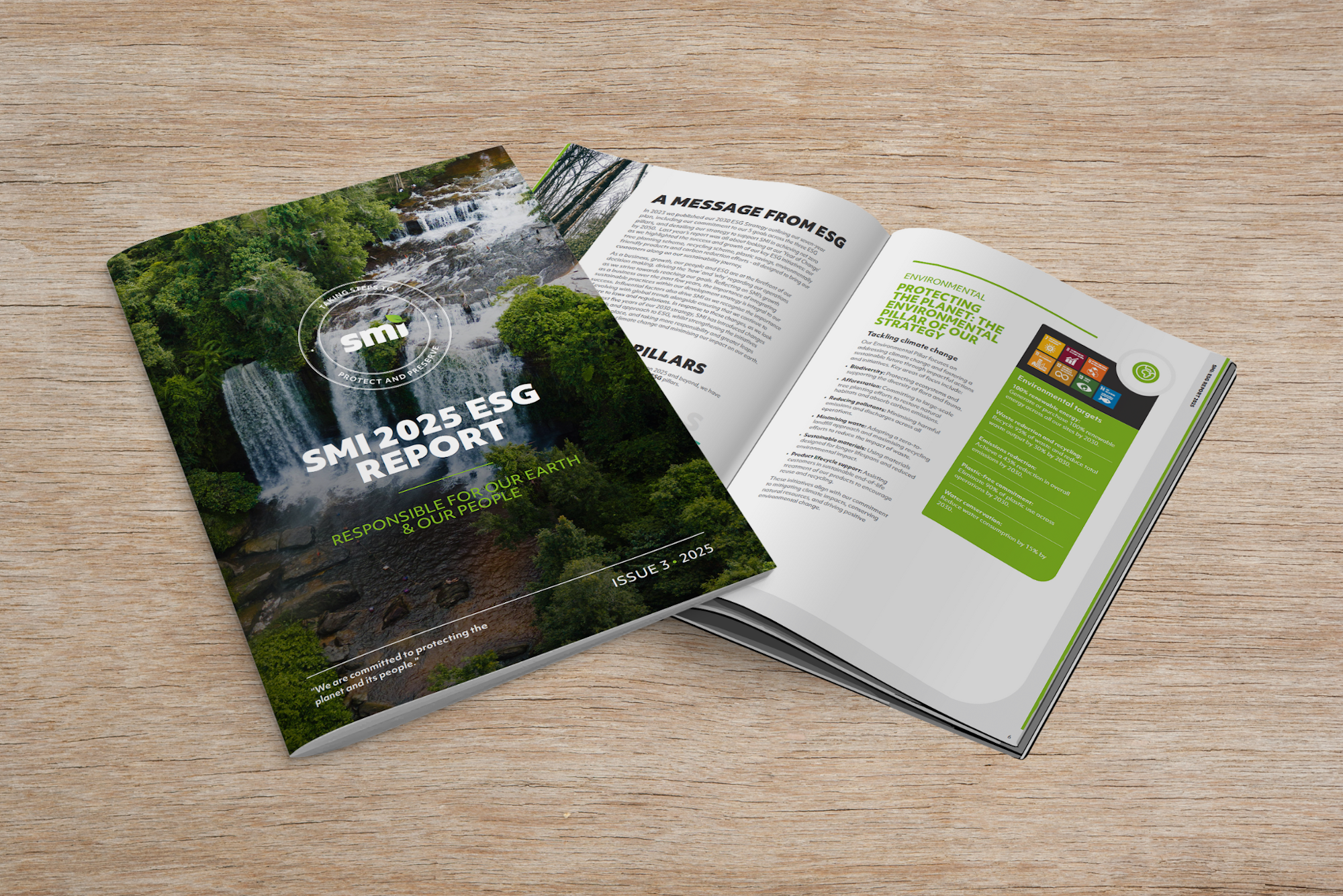
Insight
SMI's Christmas and New Year Operational Hours
Find SMI’s Christmas and New Year 2025–26 opening hours.
View head office closure dates, warehouse availability, and how to contact us during the holiday period.
4 minute read

Respiratory protective equipment (RPE) helps prevent workers from inhaling hazardous substances, such as particles, dust, and gases.
There are many different types of RPE. It’s essential to choose the right one for your working environment, and just as important to maintain it properly.
Keep your workforce safe from harm by learning how to clean, maintain, and store your team's RPE.
Respiratory equipment is typically split into two facepiece categories:
Both types can include a fan unit that filters air before delivering it to the wearer.
Non-powered options are also available, such as disposable face coverings.
Important: If you're using tight-fitting RPE, employees must be face-fit tested.
These are common types of RPE:
Not sure what’s right for your team?
Our SMI RPE collection has a full range of options, and we’re happy to help you choose!
RPE protects your team from harmful particles and fumes - but only if it's well-maintained.
Neglecting RPE maintenance can lead to:
Maintaining your workforce’s respirators is also key to staying compliant. To meet HSE regulations, all equipment must be cleaned and inspected regularly.
TOP TIP: Well-maintained respirators last longer, saving you money on replacements!

Respirator cleaning and maintenance methods vary. To keep your workforce well protected, always follow the manufacturer’s guidelines.
Need a simple RPE maintenance guide? We’ve got you covered.
Check straps, valves, and seals for any damage before each use. If using powered gear, check airflow and battery charge too.
Respirators must be cleaned after every use. A non-alcoholic disinfectant wipe can be used to clean lightly soiled respiratory equipment.
RPE used in hazardous environments typically requires more thorough cleaning. Use warm water, a mild soap, and a soft brush to remove any contaminants.
Let the respirator's air dry or gently remove moisture with a clean, dry cloth before storing.
Respirator filters can’t be cleaned and must be replaced.
Employers must check the condition of RPE filters regularly. Particles can build up over time, making equipment less effective.
If breathing becomes more difficult or the filter is damaged, replace it immediately.

To meet HSE regulations, respiratory equipment must be tested regularly.
Check manufacturer guidelines to find out exactly how often your respirators need to be tested. All maintenance must be logged, and records kept for five years.
Following the right RPE maintenance guidelines will keep your workforce safe, and your business compliant.
Correct storage keeps RPE clean, dry, and ready for use.
Never leave respiratory equipment lying around in a dirty work environment. Equipment left out can come into contact with bacteria and other substances.
After cleaning and drying your equipment:
Using disposable RPE? Make sure your masks are disposed of in the correct bin.
Here’s what to do:
Still not sure what to do with your RPE after use?
Storage and disposal instructions can be found in the manufacturer's guide.
Looking for the right RPE? You’ll find it in the SMI respirator collection.
Get in touch today to see how partnering with our single-source PPE supplier can benefit your workforce.

Insight
Find SMI’s Christmas and New Year 2025–26 opening hours.
View head office closure dates, warehouse availability, and how to contact us during the holiday period.

Insight
Download SMI’s FREE risk assessment template to identify hazards and ensure workplace safety. Includes an example for office environments and guidance for various tasks.

Insight
Our 2025 ESG Report is live! Working with a sustainable supplier like us goes beyond good intentions, it’s about real benefits for your business.